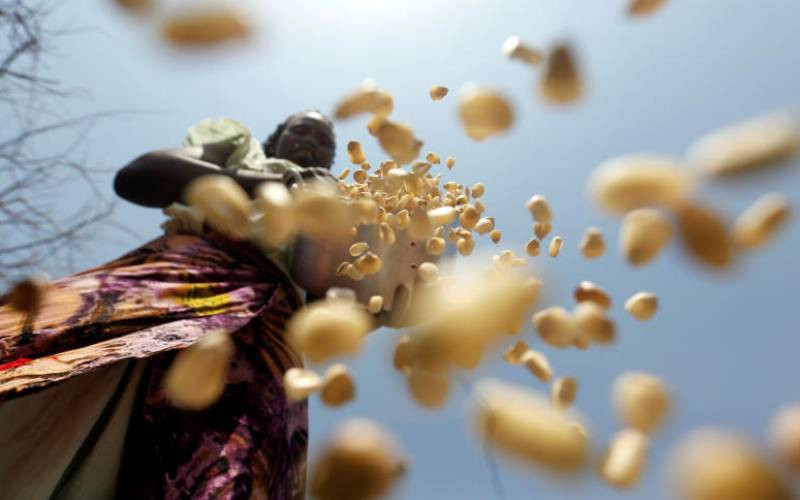
The story of the lost boys of Southern Sudan is now a common feature in narratives of forced migration in Africa. Rarely mentioned is that of the lost girls.
If you are a graduate student in armed conflict, peace studies, political science, gender studies, or related disciplines, an array of topics is staring you in the face. The lost girls of Southern Sudan and the dilemma of group identity.
I stumbled into some of these girls in Kakuma Refugee Camp in the course of investigating the factors behind the longevity of the camp. Kakuma has been in place for 30 years and going. Among those immured here is a grandmotherly population that arrived in its teenage years. The story of these women has not been told, beyond passing footnoting in scholarship. In the escalation of conflict between the Sudan People’s Liberation Army/Movement (SPLA/M) and the government of the original Sudan in 1991, boys aged anywhere between 12 and 20 began filtering into Kenya. They numbered about 8,000.
Humanitarian intervention by the Kenyan government and the UNHCR placed them in a temporary relief camp in Lokichogio, in what is today Turkana County. As usual with refugee situations since World War II, it was expected that they would soon return home.
Three decades later, some of the original migrants remain in Kakuma, where a new camp was set up in 1992, after a longer stay was anticipated. Some, of course, were resettled in the Global North. But many remain. Many more other people of diverse nationalities have joined the camp. Others have been born here. Together with nationals of other countries, the refugees now number more than 200,000.
Submerged in this population is the story of the lost girls of Southern Sudan. Their experience speaks to gender bias that sneaks upon us in the unlikeliest of places. Their rare mention belongs to forgotten gendered histories in conflict.
As I have written elsewhere, the Christian Science Monitor of 2nd October 2014 acknowledged the eclipsing of these girls, about whom information remains scanty.
It is the irony of history that they arrived in Kakuma in 1991–92, when the UNHCR High Commissioner, Sadako Ogata, was describing the 1990s as the decade of return. It was assumed that every refugee wanted to return home.
The global climate lent itself to returns, in the post-Cold War context, it was said. But it did not happen, due to multiple complexities in refugee situations.
The case of these women has been complicated beyond the regular challenge in collective refugee situations. With regard to return, many have no idea of where to start. They left home as kids. They have no idea where the rest of their relatives are.
Worse still, they have no idea of what has happened to the place memorialised as their home in a South Sudan that did not exist when they left. The global definition of citizenship through various instruments defines children they have produced in Kakuma as stateless. Some of these stateless people belong to different fathers, in the case of many single mothers. And the fathers are often of diverse nationalities.
Where does the woman take these children, should there be a post camp dispensation? It is complicated. The least we can say is that women in forced migrations need to be recognised as a specific demographic.
The lost girls of Southern Sudan have suffered multiple jeopardy. They were initially lost alongside the boys. But they have also suffered loss of demographic identity and recognition.
Both scholarly and humanitarian studies could pay focused attention to refugees of this category in the search for solutions to the global refugee crisis, and in the stasis of camped refugeehood.
-Dr Muluka is a strategic communications advisor
www.barrackmuluka.co.ke